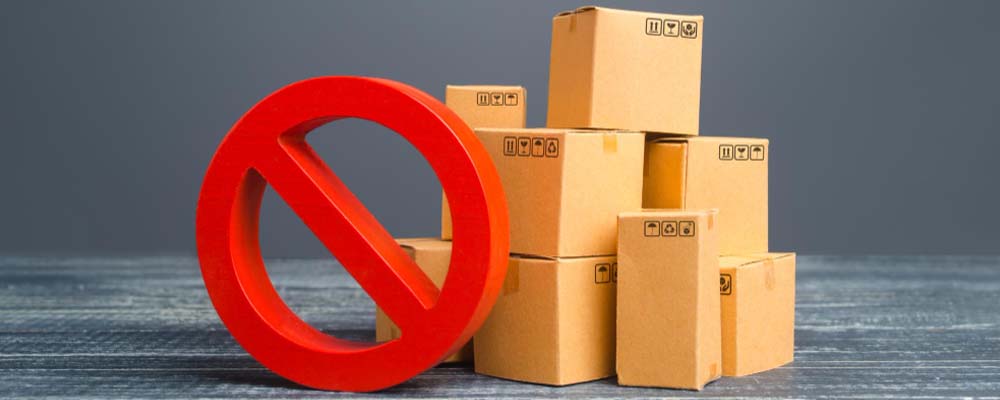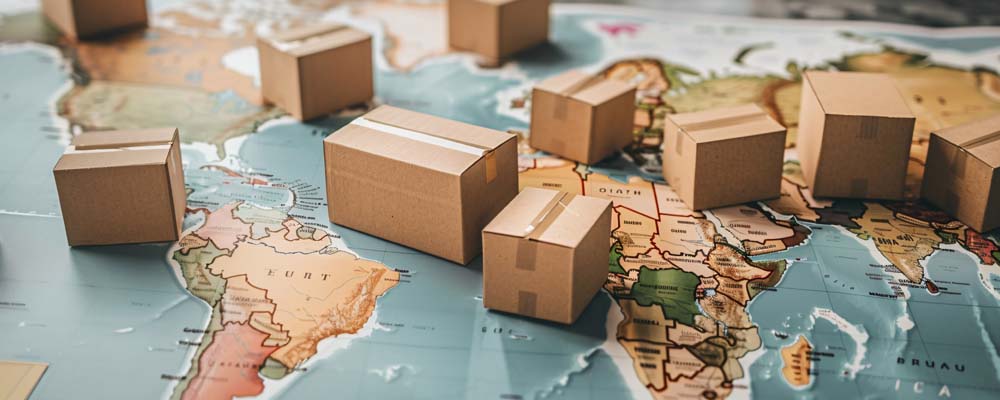
Shipping goods across the globe to Australia can be a daunting task, but with the right insights and guidelines, it doesn’t have to be. Whether you’re a freight forwarder, logistics provider, or an e-commerce business, navigating the complexities of international shipping is crucial for success. In this blog post, we’ll walk you through essential tips and insights on shipping to Australia. By the end, you’ll be well-equipped to handle the process smoothly and efficiently.
Key Considerations for Shipping to Australia
Shipping to Australia involves several key considerations that can affect your delivery time, costs, and overall customer satisfaction. Understanding these factors will help you plan better and avoid common pitfalls.
Firstly, consider the geographical distance. Australia is far from most parts of the world, impacting both shipping time and cost.
Secondly, the choice of shipping method—air or sea—plays a significant role in your planning. Air freight is faster but more expensive, while sea freight is cheaper but slower.
Lastly, the nature of the goods being shipped is crucial. Perishable items require special handling and faster delivery methods, while non-perishable goods can afford to take a slower route.
Rules for Packaging Your Parcel
Proper packaging is vital when shipping to Australia. It ensures that your parcel arrives safely and complies with Australian regulations.
Use sturdy materials that can withstand long transit times and various handling conditions. Reinforced boxes, bubble wrap, and packing peanuts are your best friends.
Clearly label your packages. Accurate labeling helps with smooth customs clearance and avoids delays. Include details like the sender’s and recipient’s information, contents of the package, and any handling instructions.
Finally, ensure that your packaging meets Australian biosecurity requirements. Australia is strict about preventing the import of pests and diseases, so avoid using natural materials like straw or untreated wood for packaging.
 Products That Cannot Be Exported to Australia
Products That Cannot Be Exported to Australia
Australia enforces strict biosecurity laws to safeguard its unique ecosystem. Certain products are on the prohibited list, and knowing them can save you from hefty fines and legal complications.
Food items, especially fresh produce, meats, and dairy products, are highly regulated. These require special permits and must meet specific health standards.
Some plant materials and seeds are also restricted. Bringing in untreated wood or soil can introduce pests that could harm Australia’s agricultural sector.
Certain chemicals and pharmaceuticals need approval before they can be imported. Always check with Australian customs for the latest list of banned substances.
Costs of Shipping to Australia
Shipping costs to Australia can vary significantly depending on several factors. Understanding what to expect will help you budget more effectively.
The weight and dimensions of your parcel are primary cost determinants. Larger and heavier items will naturally incur higher shipping costs.
The shipping method also affects costs. Air freight is quicker but comes at a premium, while sea freight is more affordable but takes longer.
Lastly, consider additional fees like customs duties, taxes, and insurance. These can add up, so factor them into your overall shipping budget.
How Long Does It Take to Get to Australia?
Shipping times to Australia depend largely on the shipping method and the origin of the shipment. Knowing these timelines can help set realistic delivery expectations.
Air freight typically takes 3-7 days for most major cities in Australia. This method is ideal for urgent shipments but is more expensive.
Sea freight, on the other hand, can take 20-30 days, depending on the departure port and the shipping route. This method is cost-effective for non-urgent shipments.
Customs processing time can also affect delivery times. Ensure all documentation is accurate and complete to avoid delays.
Customs Regulations
Navigating Australian customs regulations is crucial for a hassle-free shipping experience. Understanding and complying with these rules will ensure smooth entry for your goods.
Accurate documentation is essential. Ensure that all invoices, packing lists, and certificates of origin are correctly filled out and accompany your shipment.
Be aware of import duties and taxes. Australia applies different rates depending on the type and value of the goods being imported.
Lastly, familiarize yourself with Australia’s biosecurity measures. Declare all goods accurately and ensure they meet the required standards to avoid confiscation or fines.
Australia Holidays to Keep in Mind
Public holidays in Australia can affect shipping schedules and delivery times. Being aware of these dates will help you plan your shipments more effectively.
Australia Day on January 26 and Anzac Day on April 25 are significant holidays where businesses often close, impacting shipping and delivery services.
Christmas and New Year holidays can also cause delays. Many companies shut down or operate on reduced hours during this period.
Plan your shipments around these holidays to avoid unexpected delays and ensure timely delivery.
 Conclusion
Conclusion
Shipping to Australia involves navigating a complex landscape of regulations, costs, and logistical challenges. However, with the right knowledge and preparation, you can ensure a smooth shipping experience. From understanding key considerations and packaging rules to navigating customs regulations and considering public holidays, each step is crucial for success.
By following these guidelines, you’ll not only streamline your shipping process but also enhance customer satisfaction and build a strong reputation in the international market. Ready to advance in your shipping journey? Start applying these tips today and experience the impact they can have.
Contact us for tailored advice and solutions to meet your specific shipping needs. Happy shipping!




 Products That Cannot Be Exported to Australia
Products That Cannot Be Exported to Australia
 Conclusion
Conclusion



